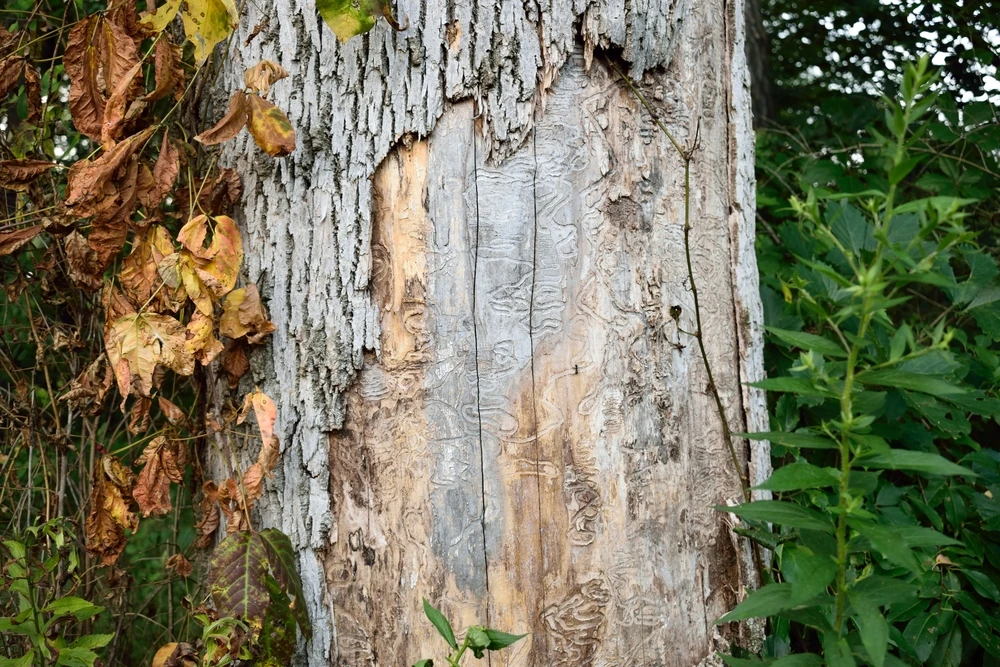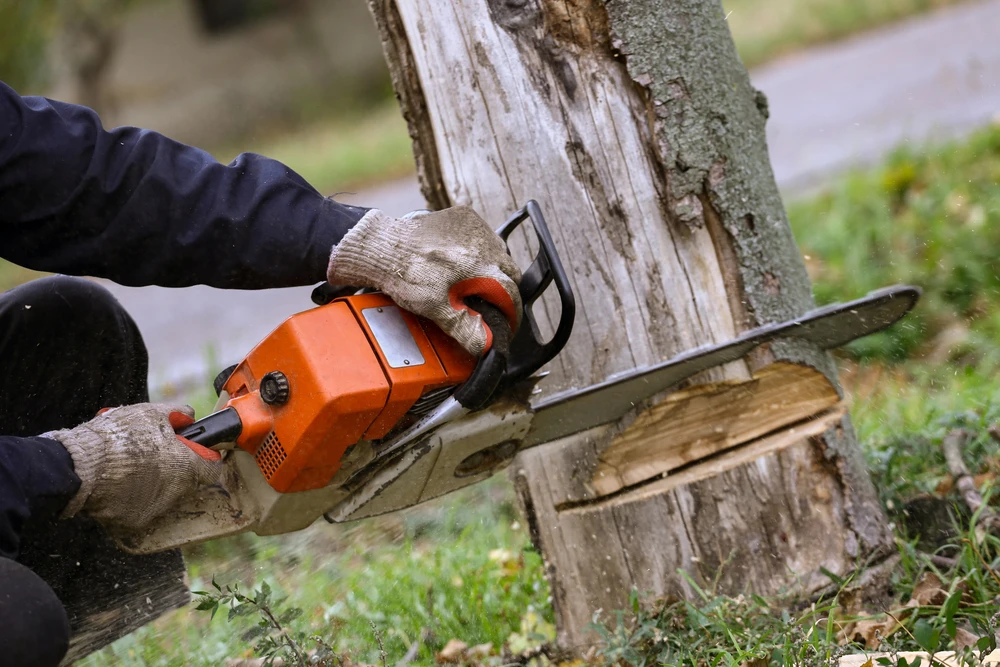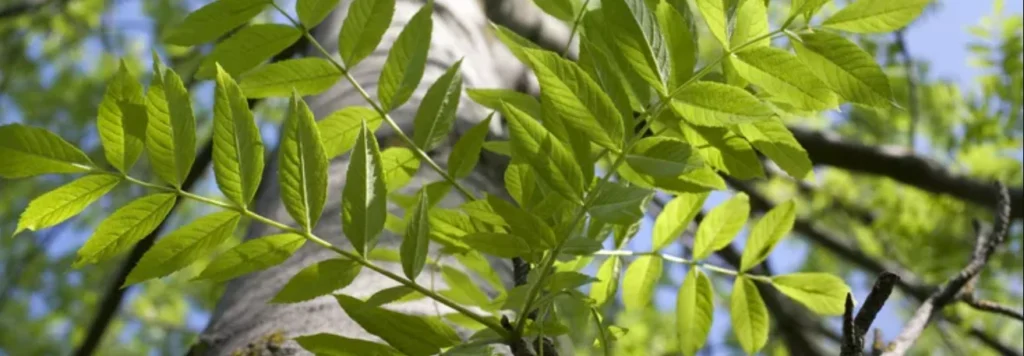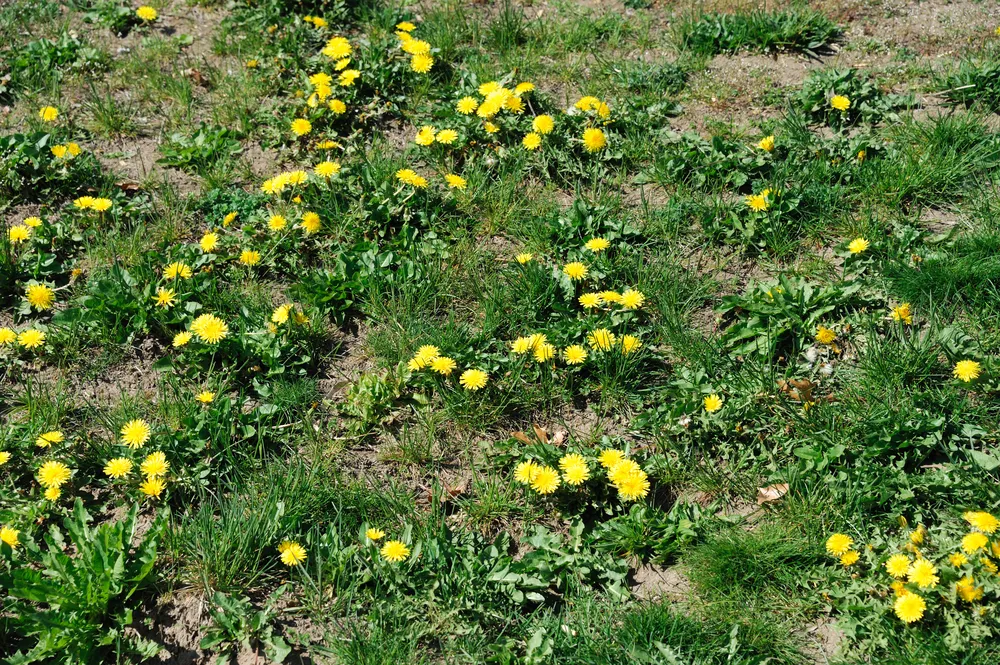There are several factors contributing to the decline and death of ash trees, with the primary culprit being an invasive insect called the emerald ash borer (EAB). The emerald ash borer is a small metallic green beetle native to Asia that has spread to North America and Europe, causing significant damage to ash tree populations.
The emerald ash borer larvae tunnel beneath the bark of ash trees, disrupting the flow of water and nutrients. This infestation weakens the trees and eventually leads to their death. The spread of the emerald ash borer has been rapid, facilitated by the transport of infested wood products and natural dispersal.
In addition to the emerald ash borer, ash trees are also susceptible to other diseases and pests, such as ash yellows and ash dieback (also known as Chalara). These diseases further contribute to the decline of ash tree populations.
Efforts have been made to control the spread of the emerald ash borer, including the use of insecticides, biological control methods, and quarantines to limit the movement of infested wood. However, it remains a significant challenge to protect and preserve ash trees in affected areas.




